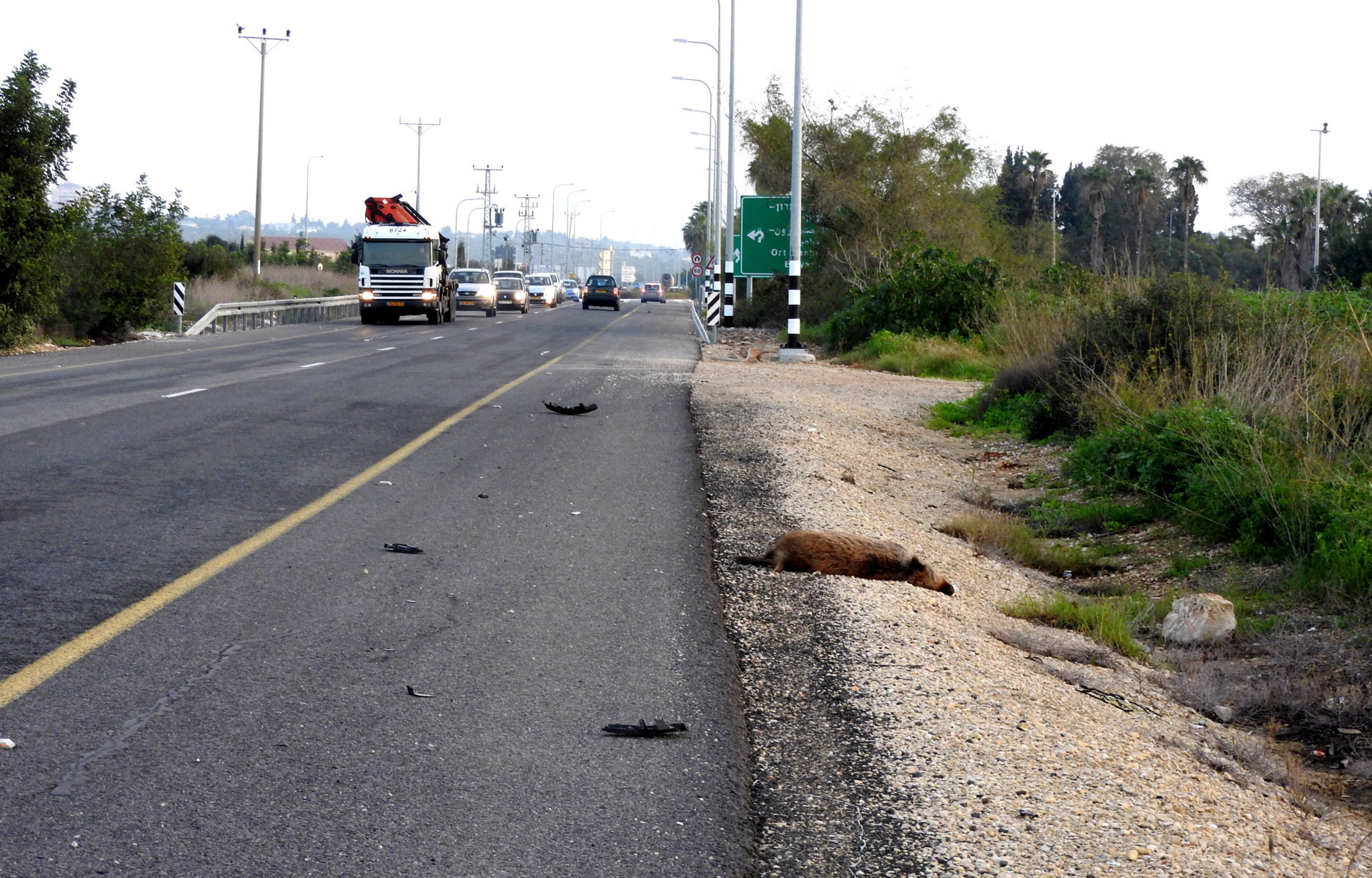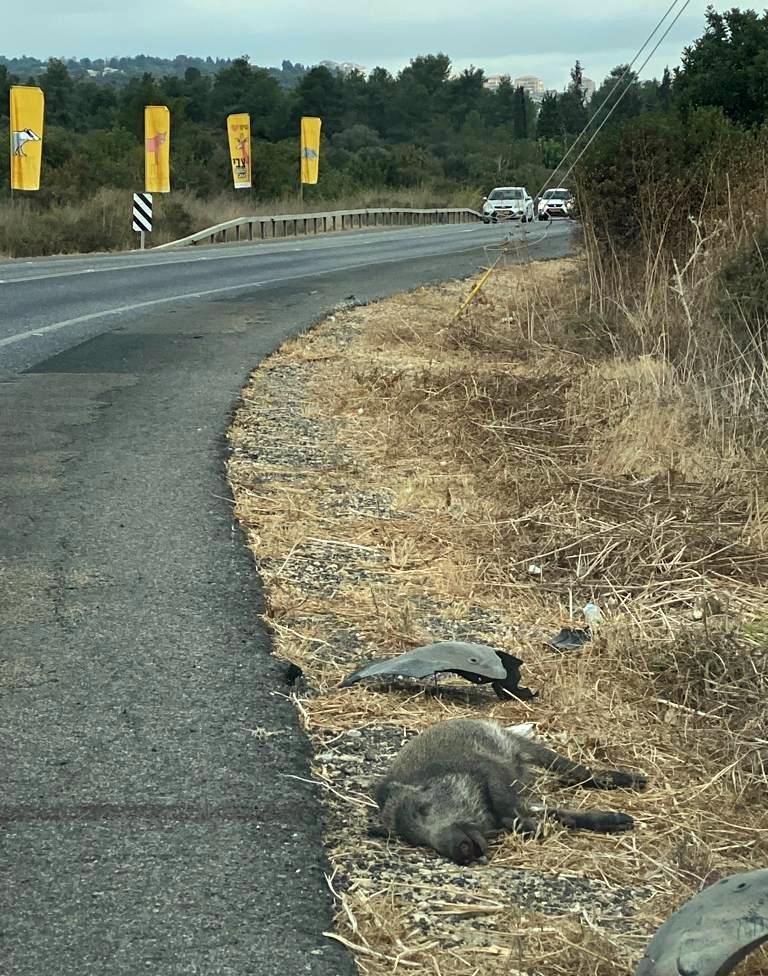The data show that the majority of roadkills in this road segment were jackals (101 individuals throughout the period) and indicate a decrease and a low density of the jackal population in 2013-2017, followed by an increase from 2017 to a significantly higher density by the end of the period. Mongooses and house cats (mostly feral) showed declining trends in parallel with the increase in jackal roadkills, while foxes demonstrated a gradual decline throughout the whole period. In badgers, a small number of roadkills were documented (7 throughout the period), probably due to the low population density and the use of road underpasses. Wild boars and porcupines showed mixed and inconsistent trends. For the gazelle population, roadkill is not a significant cause of death, possibly due to the avoidance of crossing the road with the increase in traffic volume.
In addition, the various species show different patterns throughout the year, depending on the seasonality of foraging, dispersal, and reproduction. Thus, most jackal roadkills occur in the fall, a season in which the young born in the spring disperse.
The spatial pattern of the roadkills also provided interesting information, when differences between species were also observed with respect to roadkill hot spots along different road segments.
Jackals and cats, for example, showed more scattered hot spots, mostly close to areas with increased human impact (supermarket & restaurants in the southern road section; trash cans and cat feeding points further north), while most wild boar and porcupine roadkills occurred along one road segment in the south, which face natural areas and agricultural land.




